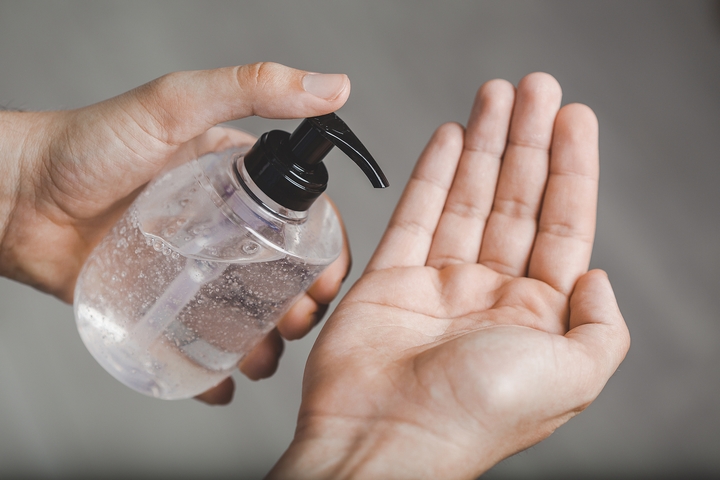
As all of our parents used to say, cleanliness is next to godliness. Personal hygiene is of the utmost importance, especially while we are all in the midst of a global pandemic. The tried-and-true method of handwashing with soap has never been more important.
In some circumstances, you may be without the ability to properly wash your hands with soap. If this is the case, relying on nearby hand sanitizer is your best alternative. However, the process involves more than just rubbing your hands together with it.
Follow these seven best practices to make sure you know how to use hand sanitizer properly:
1. Use the right type of hand sanitizers.
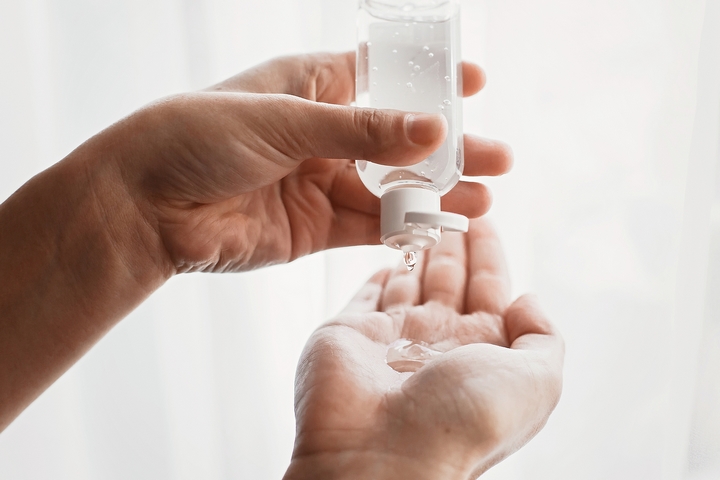
It’s import to understand there are different types of hand sanitizers. Learning about each type and its uses will help you to use the sanitizer properly. All sanitizers are useful for keeping your hands as clean as they can be. However, not all sanitizers were built the same. In order to fully ensure your hands remain clean, make sure you use one that includes isopropyl alcohol.
This ingredient is key in a majority of hand sanitizers, for several reasons. One of the most important ones is because it dissolves the protective layers of microbes, which are the source of most germs. When shopping for your own sanitizer, always make sure it includes isopropyl alcohol within. In case you are worried about running out of stock, try buying the hand sanitizer in bulk instead.
2. Check the alcohol quantity of the hand sanitizers.
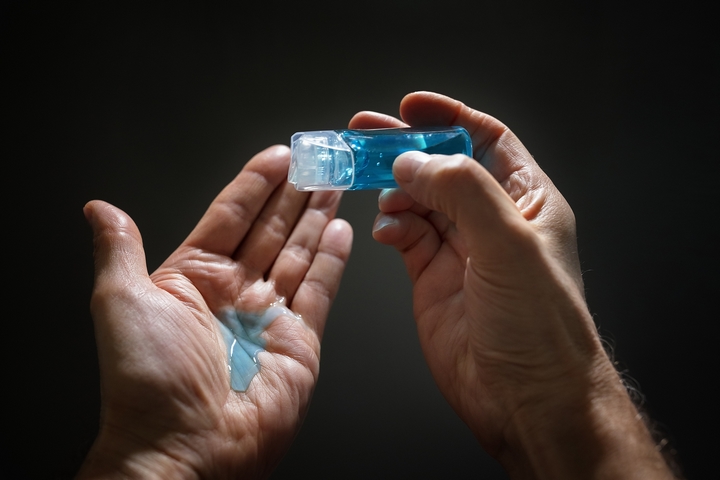
A good hand sanitizer will not only include the necessary ingredient, but also the right amount of it. Most public health agencies advocate for sanitizers with at least sixty per cent of isopropyl alcohol inside. Many other products on the market will contain a higher amount, although that doesn’t necessarily make it better.
Try to find a hand sanitizer that has the aforementioned sixty percent, along with water. This will ensure a successful cleaning, once it has been utilized. The important takeaway here is to use a sanitizer with a respectable amount of alcohol content, as some products contain too little or none at all.
3. Apply the hand sanitizer thoroughly.
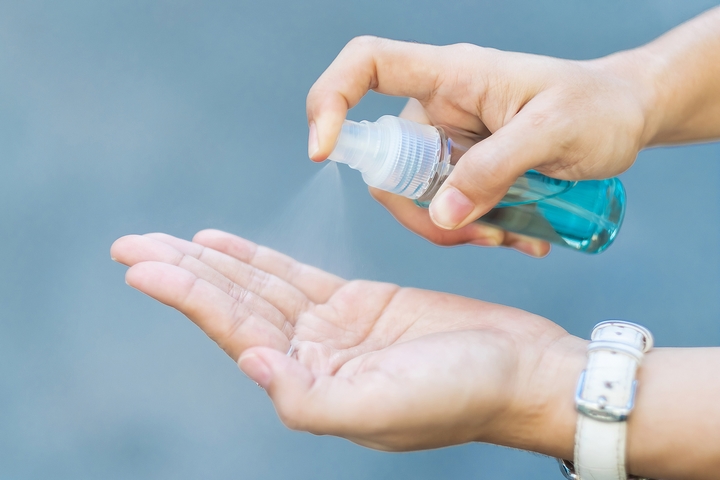
Now comes the fun part. In order to kickstart the sanitizing process, place a decent amount of sanitizer onto the palm of one hand. If you need an idea of how much equates to decent, check the manufacturer’s directions on the product. The label will generally give a good indication as to how much sanitizer is needed.
Rub both hands together, in order to cover all parts of your hands with the sanitizer. This includes rubbing between your fingers, as well as right into your fingernails. Once your skin is noticeably dry, you can stop the technique.
4. Let the hand sanitizer dry for 30 seconds.
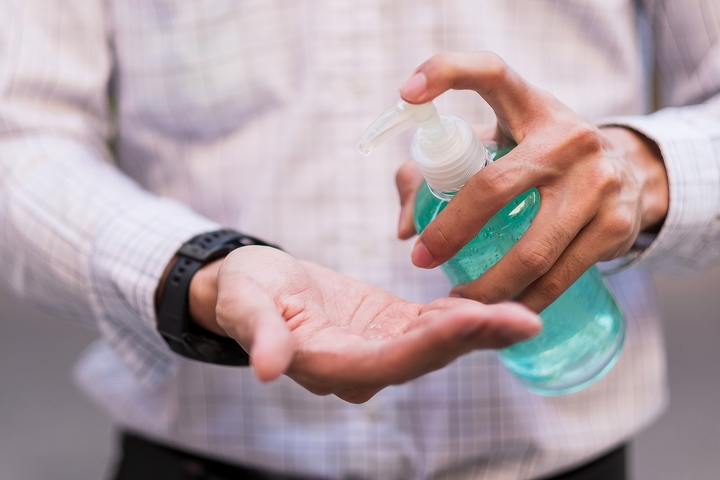
Most of us may think that thoroughly rubbing our hands together with hand sanitizer will result in success. In order to properly determine whether or not you have done a good job, time the technique. This involves rubbing your hands, with the sanitizer, for thirty seconds. Your hands have to absorb the product as much as possible.
Try to count up to thirty in your head while humming your favourite song. The process appears to go by quicker, once both of these actions are done simultaneously. Remember, it is key to thoroughly clean all parts of your hands, including the commonly-ignored areas!
5. Clean your hands before using hand sanitizer.
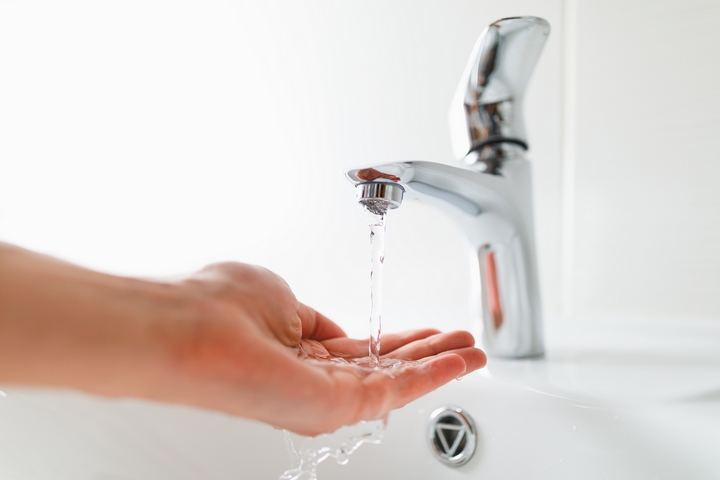
Unless your hands have been covered by noticeable grime, hand sanitizer will work as it is intended to. If, however, that is not the case, do not use the product. The alcohol content will not work effectively, if your hands are covered in visible dirt or grease. Should this be the case, you need to find a handwashing station.
Organic matter impedes on the ability of the hand sanitizer to kill the microbes surfaced on your hands. Once you have properly washed your hands with soap and warm water, add some hand sanitizer at the end. When in doubt, apply a bit more, once your hands have been thoroughly cleaned!
6. Use hand sanitizer, but don’t replace it with hand washing.
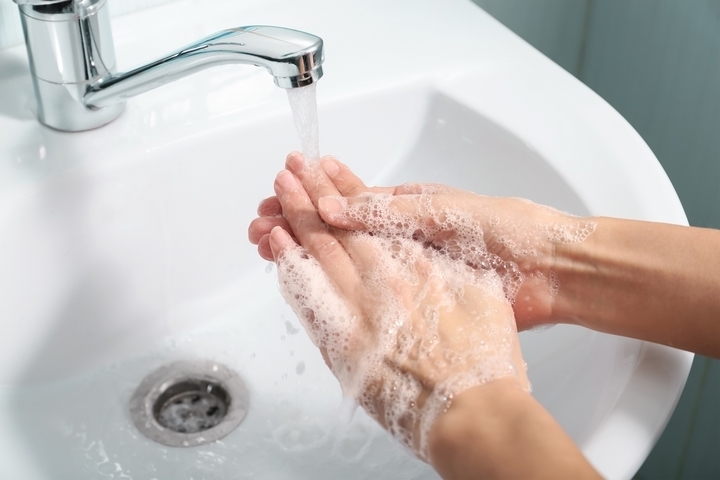
Although hand sanitizers are great for eliminating germs and bacteria from our hands, it shouldn’t be your one and only lifeline. Public health agencies always recommend washing your hands with soap and warm water whenever possible. This is the single-best deterrent, in preventing disease.
Using hand sanitizer is also recommended after washing your hands. This provides your hands with an extra layer of protection, as long as you don’t immediately touch questionable surfaces. If, however, a handwashing station is available, make sure you take advantage of it!
7. Be careful about touching things after using hand sanitizer.
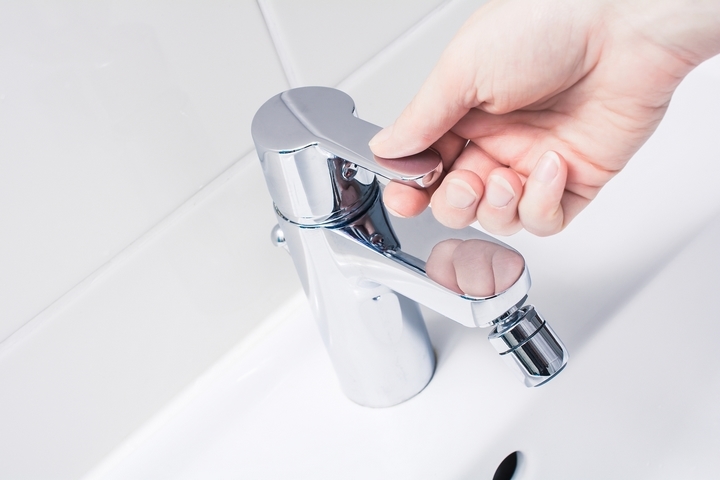
Before you go touching delicate objects such as food, ensure that your hands have been dried first. You don’t want to be placing your wet hands on anything that could potentially endanger others, because of a poor cleaning. Rub the sanitizer thoroughly, until your skin has dried.
Maintaining a sense of cleanliness throughout our daily lives is paramount. Not only do we ensure our protection from potential viruses, but we also make sure others are safeguarded as well. If warm water and soap are not readily accessible, hand sanitizer will always be your next best bet!
